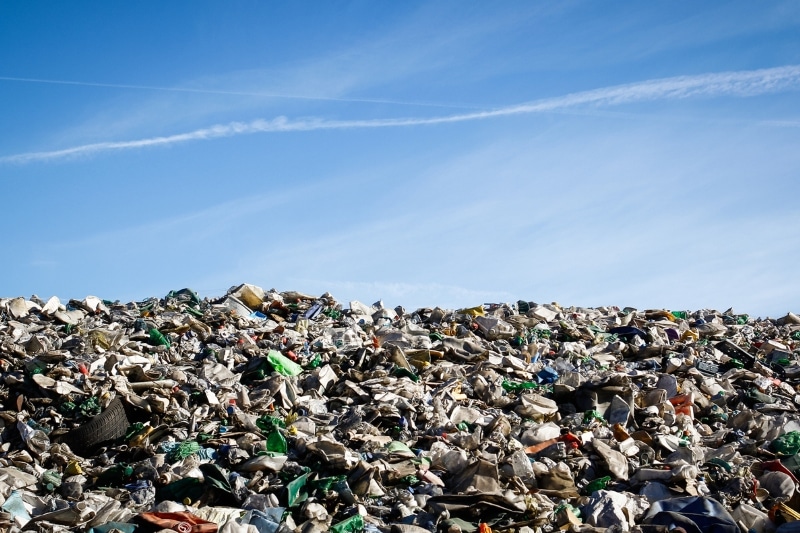The Indonesian government aims to achieve 100% waste management coverage by 2029, as outlined in the country’s 2025–2029 National Medium-Term Development Plan. According to the Ministry of Environment and Forestry, this goal replaces the earlier 2025 deadline, which officials now consider unfeasible due to the current waste management coverage standing at only 39%.
A key strategy to meet the 2029 target includes the closure of 343 landfills still operating under open dumping systems. Data from the National Waste Management Information System shows that, as of 2024, Indonesia has generated 32.6 million tons of waste from 301 districts and cities, with 40% of its remaining unmanaged. Currently, untreated waste continues to be sent directly to incinerators or landfills across 538 regions, reflecting ongoing inefficiencies in waste handling.
Efforts to improve waste management also include a renewed push to meet targets set in 2017. These targets aimed to reduce waste by 30% through recycling and process the remaining 70% into energy or raw materials—objectives that remain unmet.
In parallel, the Ministry of Energy and Mineral Resources (ESDM) is drafting a new presidential regulation to define waste-to-energy (WTE) technologies clearly. The plan involves deploying WTE facilities in 30 major cities starting in 2029, each contributing 20 megawatts of electricity. To support the WTE sector, the government is reviewing developer tax regulations, potentially introducing a threshold of 1,000 tons of waste processed daily.
The Ministry of Public Works is also working to attract greater private investment by streamlining regulations and adjusting electricity tariffs for WTE plants. Future waste management initiatives are expected to be developed through Public-Private Partnerships (PPP), aiming to reduce the financial burden on the state.
(Source: Xinhua & Reccessary)

